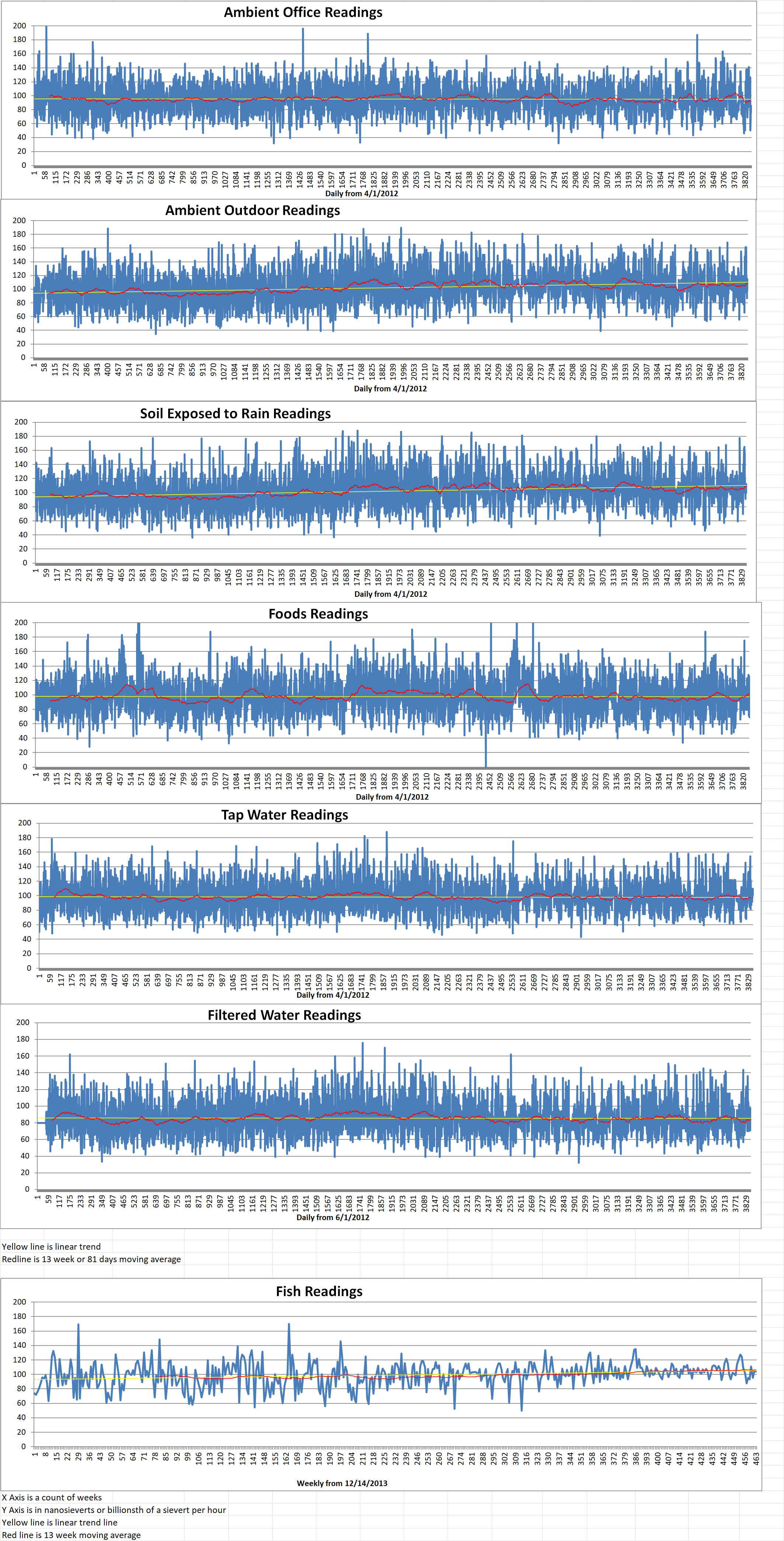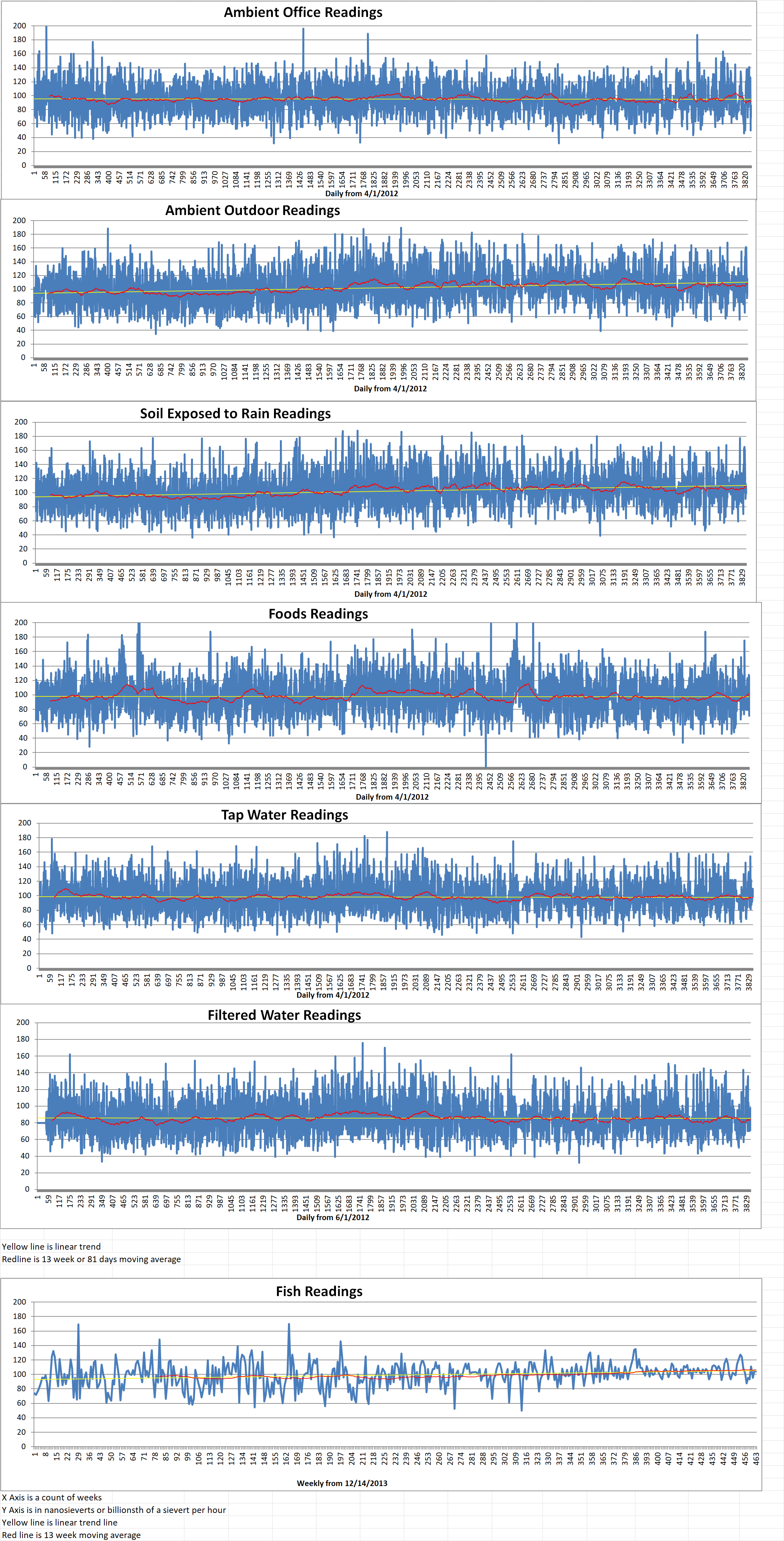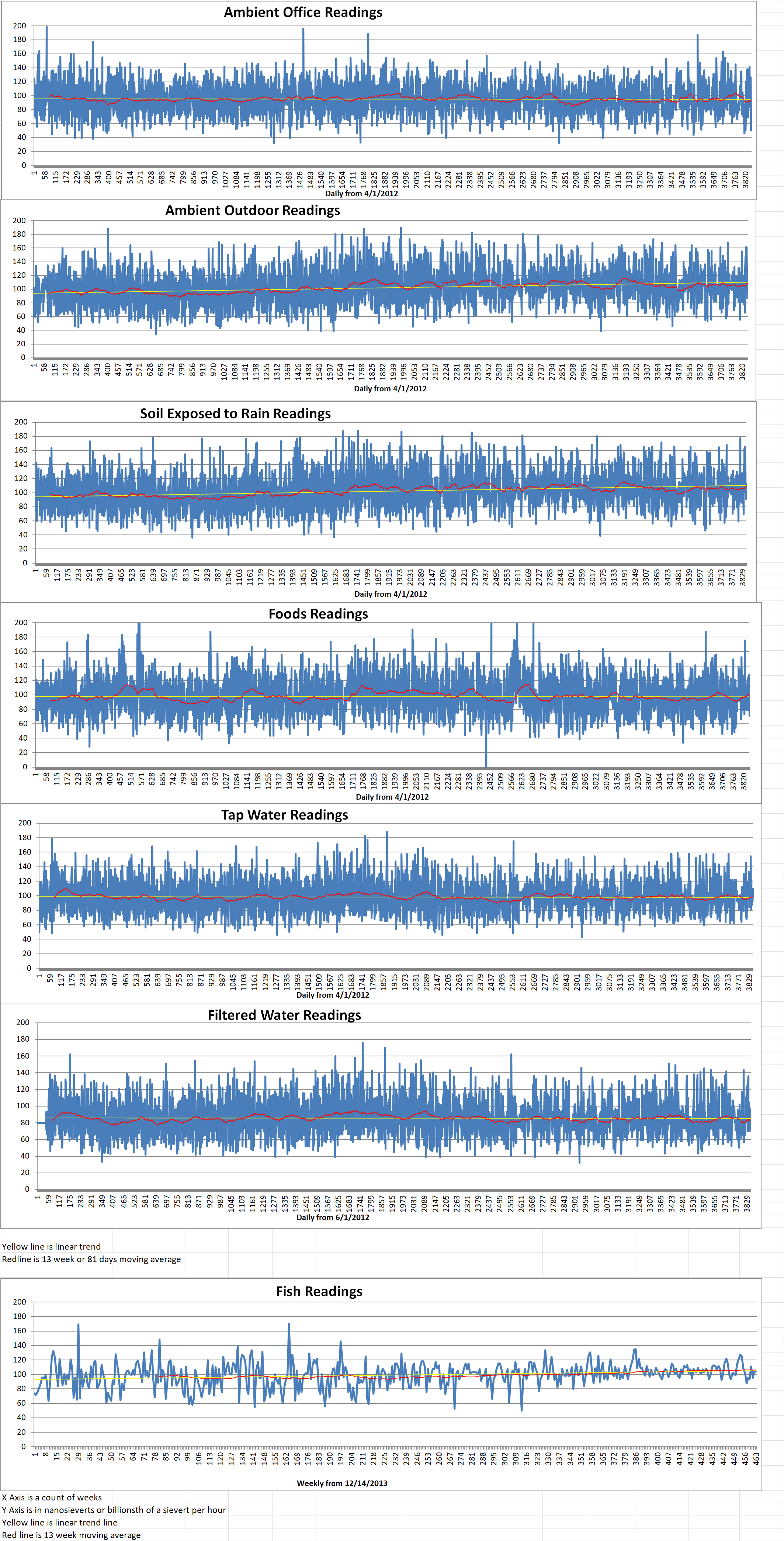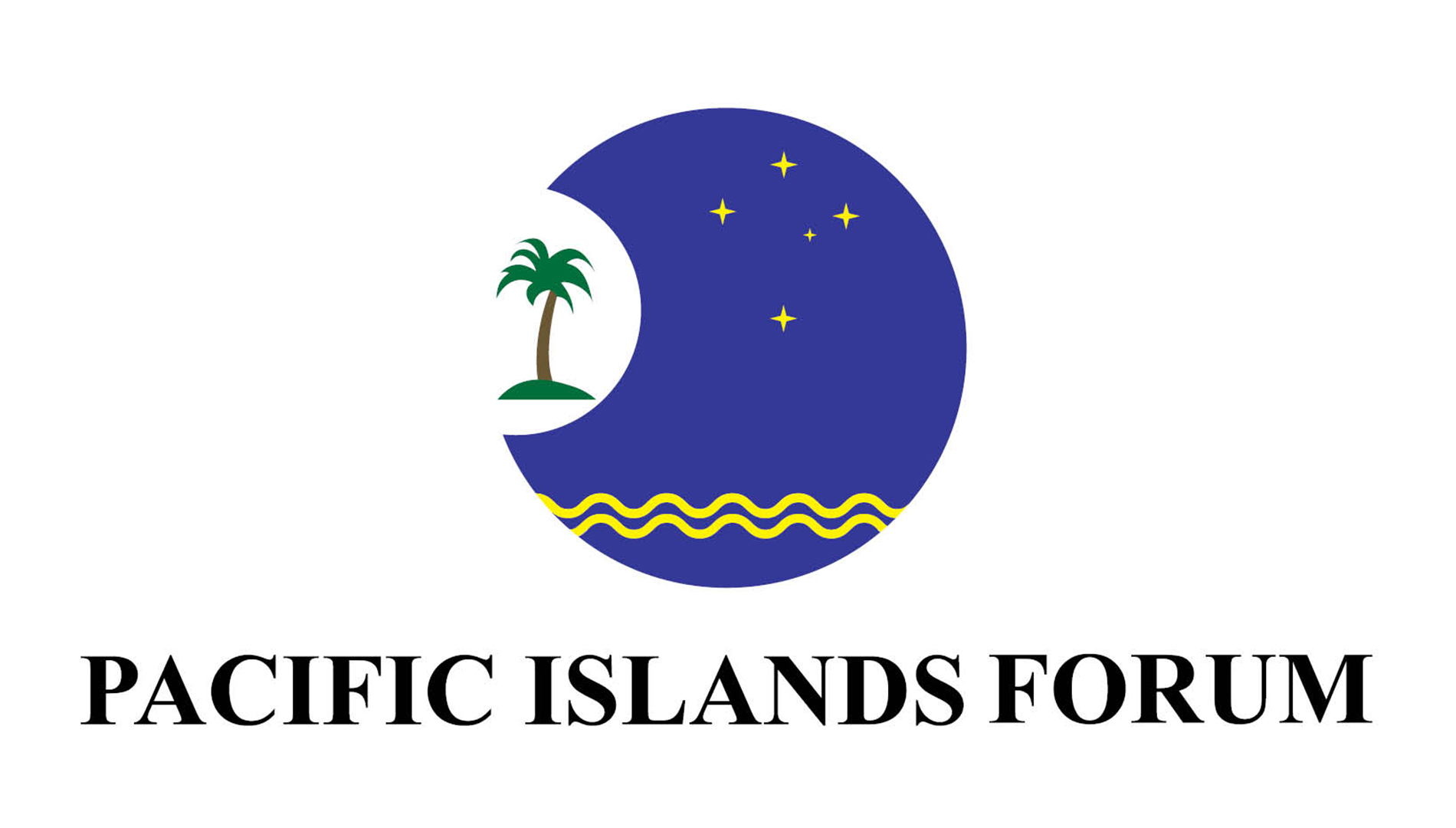Part 1 of 2 Parts
A recent poll was conducted in New Mexico to find out how residents feel about storing high-level waste in their state. A New Jersey company hoped to construct a facility to do so near Carlsbad. The results of the poll clearly showed that residents in all parts of the state oppose such a project.
The poll was commissioned by the Southwest Research and Information Center in collaboration with the Center for Civic Policy. Just over a thousand voters across the state were questioned from December 7th to 14th. Sixty percent of those surveyed were in opposition to the project. Thirty percent supported it, and ten percent were undecided.
In 2017, Holtec International applied for a license from the Nuclear Regulatory Commission (NRC) to construct and operate what it referred to as a consolidated interim storage facility (CISF) in a remote part of N.M. near the boarder of Eddy and Lea counties. Last year, the NRC released its final environmental impact statement (EIS), stating that the planned project would have little impact on the environment and recommending that the license be issued.
The CISF would temporarily store up to one hundred thousand metric tons of spent nuclear fuel rods. The rods would be brought into the site via rail from nuclear power plants around the U.S. through a forty-year license with the NRC.
The one thousand acre plot of land where the facility would be constructed was owned by the Eddy-Lea Energy Alliance which is a consortium of local leaders from the cities of Carlsbad and Hobbs, and Eddy and Lea counties. The Alliance recruited Holtec and established a revenue-sharing agreement with the company that would go into effect once the CIFS goes into operation. Despite the results of the recent poll, Holtec officials argued that the project was largely supported by N.M. Spokesman Gerges Scott said that Holtec representative had discussed the project with local governments throughout the state.
Ed Mayer is the Holtec Manager of the CISF. He said that the company had adequate support for the project following meetings that he and other representatives held with local leaders and first responders around the site and along the rail lines that lead to the site.
He added that, “We are educating the affected populations, not only from the facility perspective in southeast New Mexico, but from a state perspective on the rail lines. They asked very thoughtful questions on the project and how the project would positively or negatively affect their communities. I’m able to address all of their concerns.”
Leaders from four southeast N.M. governments support the project. They argued that it would bring economic diversity to the oil-and-gas-dependent Permian Basin region.
Dale Janway is the Mayor of Carlsbad. He supports the project, arguing that the poll appeared biased against Holtec’s proposal after the city’s initial review. He issued a statement that said, “Our preliminary review of this survey certainly indicates that it was highly biased and not an objective method of obtaining feedback.” Mayer questioned the poll’s questions. He was specifically concerned with a section that read, “Experts predict that up to 13 accidents will occur during 10,000 rail shipments.”
Please read Part 2 next






